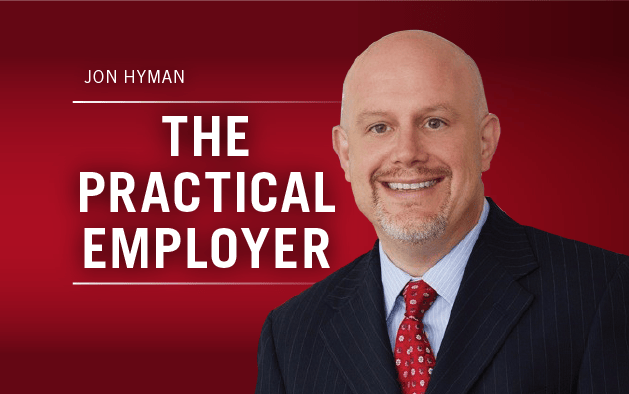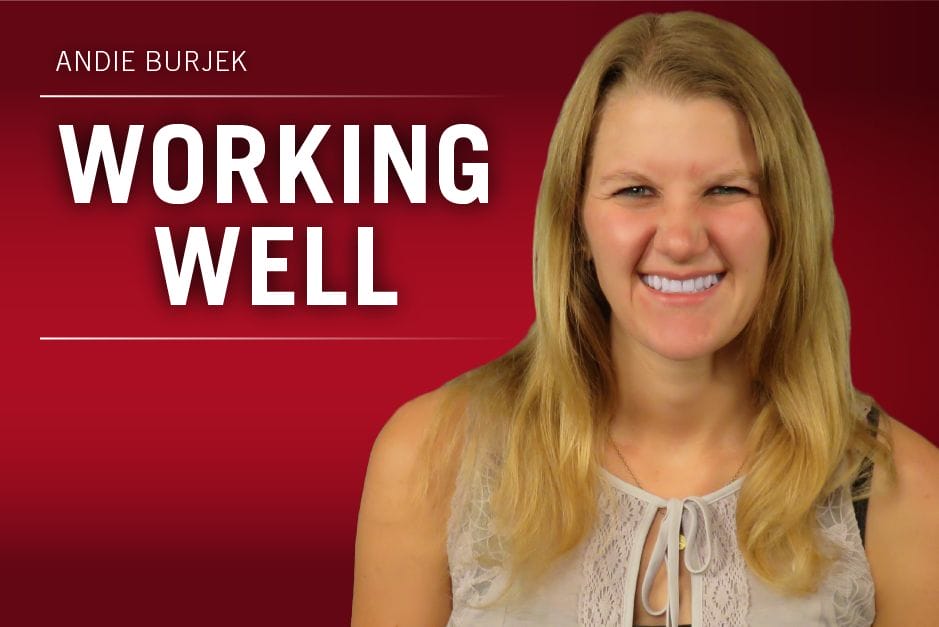According to a recent survey, 57 percent of American employees admit to swearing at work. (To me, that seems low. Also, count me in the “yes” column.)
Where is the line between swearing as harmless workplace banter and swearing as harmful, unlawful harassment?
Consider these two examples.
In Passananti v. Cook County, the 7th Circuit overturned a $4.2 million jury verdict in favor an employee who claimed that her boss had subjected her to sexual harassment by calling her a “bitch” on “numerous occasions” over a “progressive period of time.”
The court started its analysis of whether the use of the word “bitch” constitutes sex-based harassment by dismissing any argument that its common use has neutered the word:
We recognize that the use of the word “bitch” has become all too common in American society, and its use has permeated many workplaces. Common use, however, has not neutralized the word as a matter of law.
The court concluded that even though “bitch” is sexually based, its use must be examined in context to determine whether it constitutes harassment “because of sex.”
As with so many other things, when gender-specific language is used in the workplace, these cases and others recognize that context is key. We must proceed with “[c]ommon sense, and an appropriate sensitivity” to that context to distinguish between general vulgarity and discriminatory conduct or language “which a reasonable person in the plaintiff’s position would find severely hostile or abusive.
Suggestions in the record that profanity was used even when Ms. Griffin was not present indicate that much of it was not motivated by her religious beliefs. As I interpret the guiding precedent, even the category of profanity that uses “God” or “Jesus Christ” as part of a curse does not necessarily trigger the “because of” standard. If the speaker used the terms out of habit, perhaps without even thinking of their religious connotations, and not because of Ms. Griffin’s beliefs, then such language would not satisfy the “because of” standard and could not be used to support the claim.
With salty language, context most definitely matters. For example, when I was 12 years old it was okay ask for the “f**king salt” among a group of other 12 year old boys at summer camp; not so much with my parents at the dinner table at home.
Yet, in the day-to-day management of your employees, you should not get bogged down in the legal minutia of whether one employee calling another employee a “bitch” is actionable unlawful harassment. Employers should take seriously all harassment complaints in the workplace. If an employee complains about profanity, don’t ignore the complaint. Most cases of workplace profanity won’t turn into a lawsuit. Nevertheless, when it rears its head, use it as a tool to educate your employees about appropriate versus inappropriate language, the value of context when choosing words, and the importance of being tolerant and considerate around all employees. Otherwise, the context in which you might find yourself is that of a lawsuit.
Jon Hyman is a partner at Meyers, Roman, Friedberg & Lewis in Cleveland. Comment below or email editors@workforce.com. Follow Hyman’s blog at Workforce.com/PracticalEmployer.








